During this time of shelter-in-place, I, like many of us, have been largely working from home and spending even more time huddled with my gear. In this period, I have had the fortune to be locked down with a pair of Usher SD-500 speakers for evaluation, and let me tell you, there are far worse ways to get through a crisis.
Unboxing
My evaluation set arrived in a single box with some real weight and heft to it. Inside were a pair of the SD-500’s in beautiful pearl red. They are also available in walnut, jet black, and pearl white. Angled just slightly back, the front baffle is a pearl black. The finish is deep and feels like a sports car. This will appeal to people with more contemporary listening rooms, for sure. Otherwise, the walnut cabinet offers a much more traditional look. They come with a set of grilles held on by magnets. I chose to run them sans grilles.
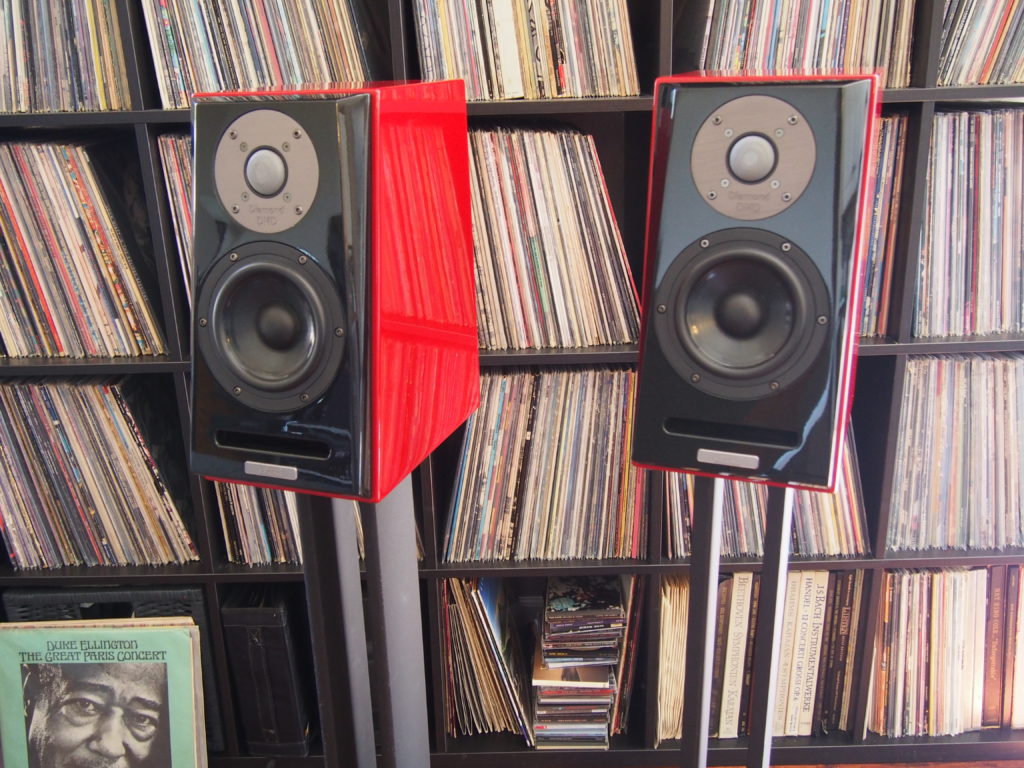
The time-aligned front baffle houses the proprietary DMD Diamond tweeter developed for Usher’s more lofty speakers, such as the Dancers. I have heard these tweeters in their larger floorstanding speakers, and so was curious how they would perform in a small format. Just below the tweeter is the scratch-built 5.5” hybrid composite fiber cone woofer.
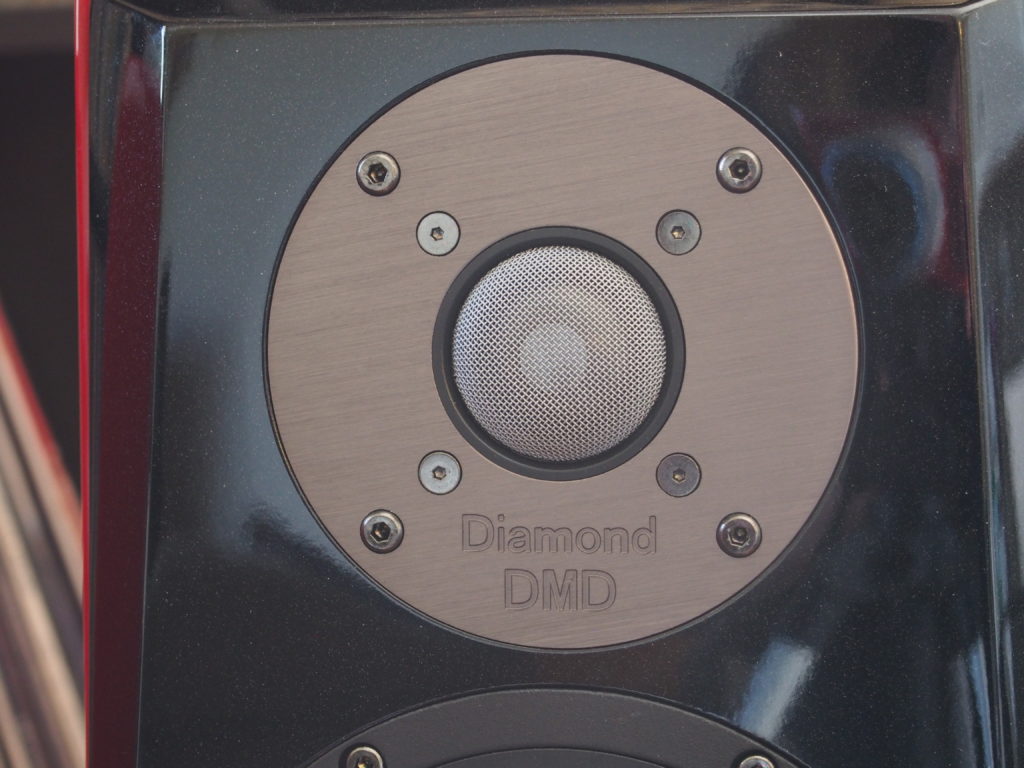
The internal crossover is set to 2.1 kHz, a feature that Usher claims allows the DMD tweeter to perform at its best. Though the SD-500’s can be bi-amped, I both single and bi-wired the speakers, utilizing the crossover for my evaluation.
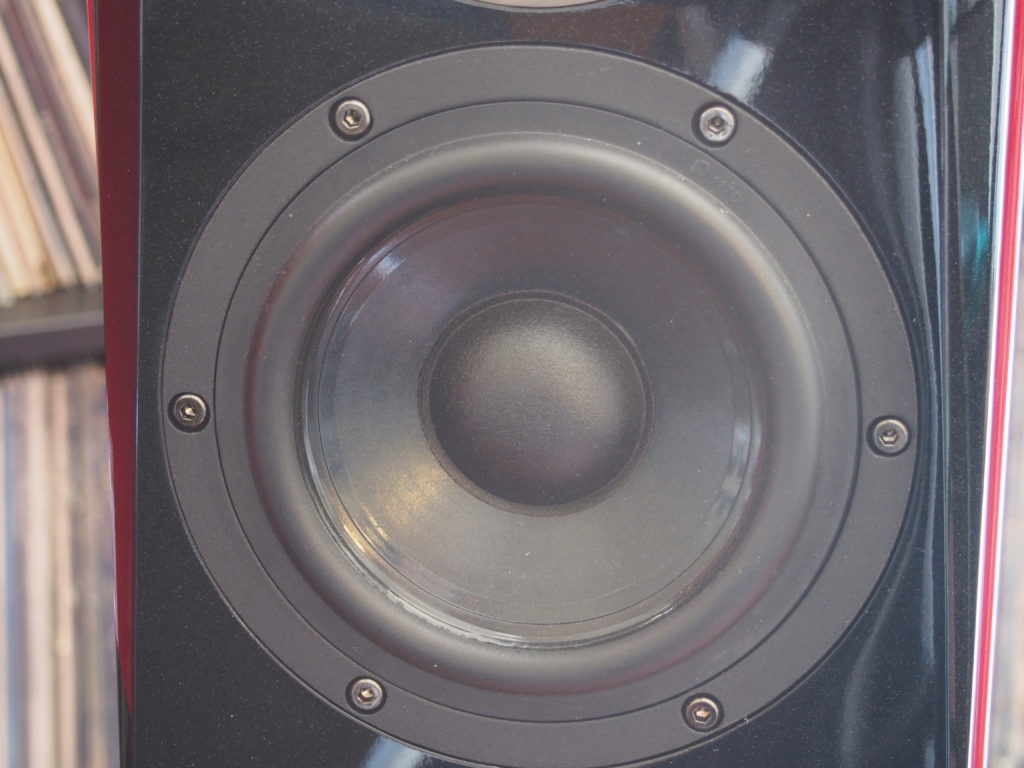
Listening
Placing the speakers on 36” stands 8’ apart, and toeing them in towards the sweet spot, I find instantly that the SD-500’s are easy to position. However, at first, I’m a little unsure about them. Having just evaluated a set of MartinLogan speakers with folded motion tweeter, I find them to be overly reserved at the outset. This ends up changing somewhat drastically after giving them 30 hours to break in. I see lots of debate out there in the forums regarding speaker break-in, and the legitimacy of it, and this is just another testament to that. The SD-500’s really came into their own after about a week of playing. No longer sitting in the cheap seats, the Ushers are now right in the front row, ready to be heard! At the end of the break-in period, my wife joins me for an evening, sits down, smiles, and says “Wow, these are surgically precise.”
I have them paired with a Canton subwoofer. The SD-500’s are running full-range, doing most of the heavy lifting with the sub providing supplemental information at 55Hz and below. For the first couple of weeks, I had them running with a pair of Audio Art SC-5 speaker cables, which are a single-ended pair. I then upgraded them to the Audio Art e2 Cryo Double bi-wire cables, and the speakers just opened right up. The Ushers truly like to be bi-wired!
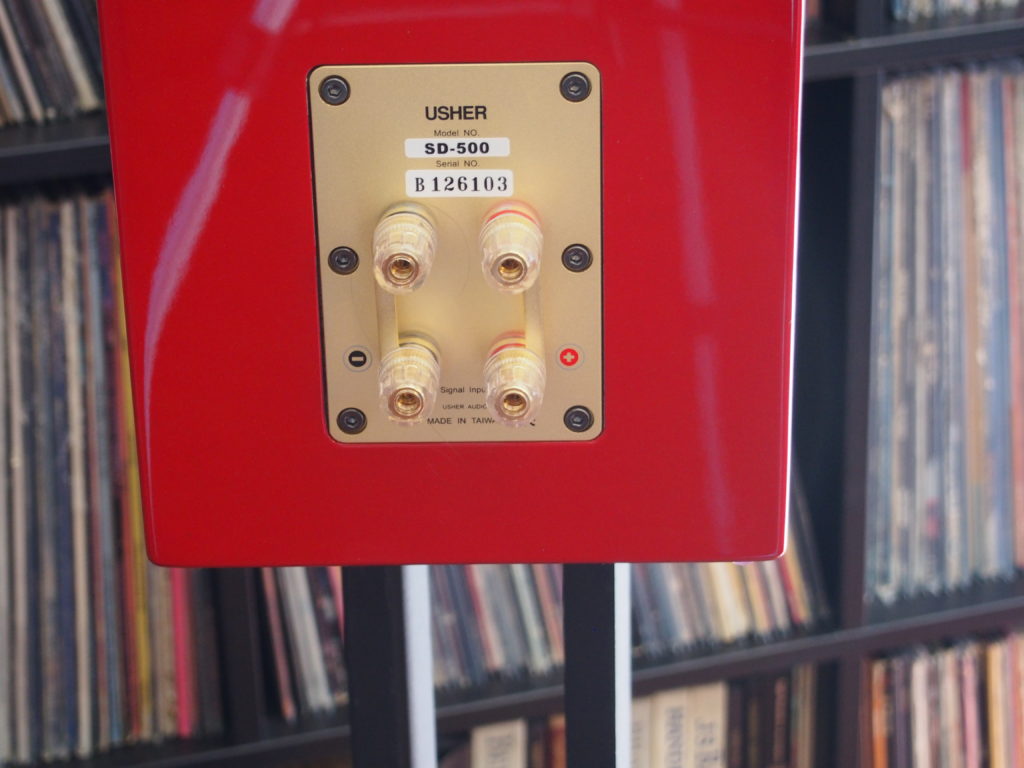
Spinning Fleetwood Mac’s seminal Rumours (Nautilus Super Disc vinyl release), the $1950/pair Usher SD-500 loudspeakers come right out of the gate like a world-class contender. Richly detailed, extremely tight, and remarkably accurate, there is more of a studio monitor feel to these speakers than those trying to be a large floor-standing speaker in a compact size. The DMD tweeter is crisp and tells an exceptionally complete story but refuses to get in my face. Cymbals hit precisely, without being overly pronounced. The finger-picked and layered guitars on “Never Going Back Again” come from Buckingham’s fingers straight through as if he is here with me. There’s a pure rawness here. And yet, the record transitions into a full, large soundstage for “Don’t Stop.” In this song, there is clear separation between every instrument.
On John Coltrane’s title track on 1957’s Blue Train, Coltrane’s tenor saxophone flows out of the right speaker and hits me square in the chest. Lee Morgan’s trumpet follows, also coming from the right, while the drums groove from the left. There is power here, force behind the horns, yet they stay silky. I’m fairly deep into the volume, but there’s no risk of ear fatigue here. As the piano kicks in, the 2.1kHz crossover point makes sense to me now. I can hear the balance between the DMD tweeter and the 5.5” woofer. Piano is a tremendously difficult instrument for smaller speakers to pull off well, and the Ushers do an absolutely commendable job.
As the deep, low sound of Pink Floyd’s Atom Heart Mother fades in, the relationship between subwoofer and the Ushers is a beautiful one. They are in perfect harmony, which was not hard to achieve. The woofers in the time-aligned baffles of the SD-500’s may be somewhat small, but they do provide an impressive amount of low-end information. The sound of the motorcycle through my listening room was fantastically realistic. Now, as the suite gets rolling, I am able to really take in what the Ushers can do with imaging. Atom Heart Mother should be one big mural of sound, and here, the Ushers do not disappoint. Though I have said they are more studio monitor than large speaker, the SD-500’s provide a large soundscape with all the technicolor one expects from a Pink Floyd opus. Organ, especially, stands out as being perfectly translated into the air of the room.
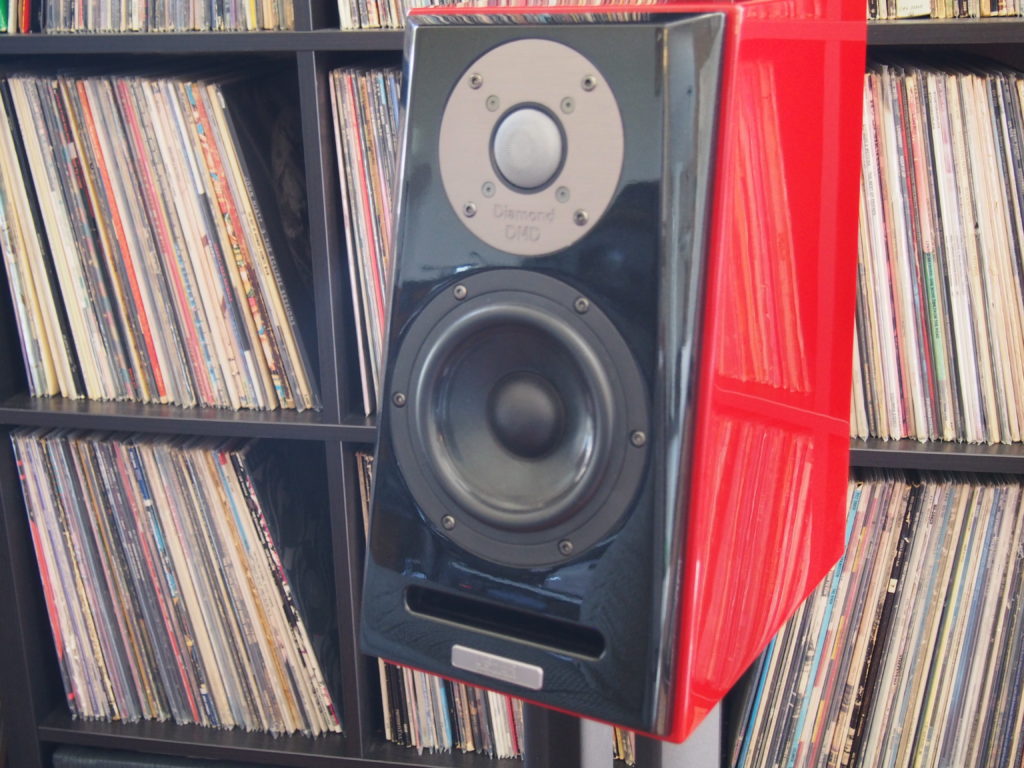
Mixed on the same legendary Neve board as Rumours, “From Can to Can’t” by Corey Taylor, Dave Grohl, Rick Nielsen, and Scott Reader from the Sound City album, pours out of the SD-500’s and raises every damn hair on my arms and legs. As a writer, I have those moments that I wish I could share with every one of you. This is one of them. Speakers should move you. Your system should move you. Whatever you’re listening to should move your soul. I go back and listen to this song again, at just a little higher volume. Grohl’s creeping guitar line arpeggiates out like a spider as Taylor’s vocals radiate forward. These speakers, for being monitor-like, can have a large presence when you need them to.
Wrapping it up
In the sub-$2000 range, there are a plethora of offerings of speakers, particularly if you’re trying to conserve space, or keep your loudspeaker footprint small. However, if you are looking for something that truly performs and gives more of an accurate studio sound, the Usher SD-500 deserves a strong look. These speakers have certainly made getting through a crisis more bearable.
Associated Equipment
Quad Vena II Play integrated amplifier
Music Hall MMF3.3 turntable
Music Hall PA2.2 phono preamplifier
Rotel RCD-955AX CD player
Burson Swing DAC
Canton AS 22 SC subwoofer
Audio Art Cables IC-3 e2 RCA interconnects
Audio Art Cables D1-SE2 digital coax interconnect
Audio Art Cables SC-5 e2 Cryo bi-wire speaker cables
Audio Art Cables Power1 ePlus power cable